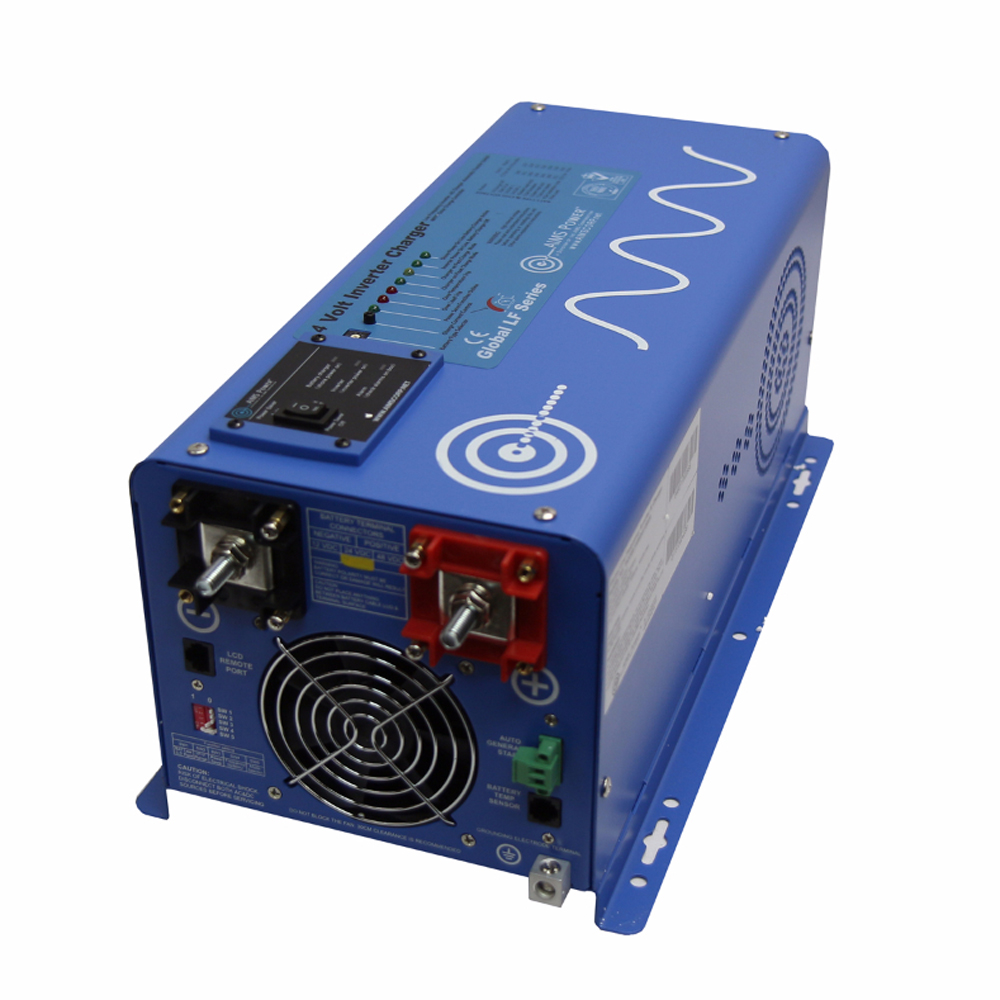When it comes to neutral-ground bonding, there is a 'correct' way to do it, and an incorrect way. A lot of RV electrical problems you read about (on forums such as this one) are related to grounding.
Typically, there is one place where neutral is bonded to ground, and it's where the service comes into the main panel. For a residence, it's bonded at the main panel, where the ground is connected to a copper rod, driven into the earth. But for an RV, there should be no bond. The 120V ground should be 'floating'. Then, when you plug into shore power, you get the neutral-ground bond from the shore power's bond. Similarly, if you plug into a generator, then the generator should have the bond, same as with shore power.
That's how things should be with a standard trailer. Now when you introduce the Aims inverter, with an automatic transfer switch, the bonding requirements are different. When on shore power, you use the bond in the service panel, and when inverting, the inverter should have its own bond. The Aims inverter does this! Read the Aims user guide (and read it again) as it explains this very clearly. The inverter bond is configurable to create a bond or no bond when inverting, per your electrical requirements. If there would be no other bond when inverting, then use the Aims inverter's bond. This is how I have set it up.
To see if your bonding is set up right, connect the trailer to shore power on a household CFGI outlet. If it trips, then you probably have a grounding issue.
As for the 'chassis bond' - that's something else. The 0-Volt DC ground should be bolted to the chassis in one place, to avoid ground loops that cause audio noise. This doesn't need to change, and should be bonded already, but best to ensure that it is connected in just one place, with a really solid ground using 6-gauge wire.
To summarize, here is how I set it up:
* Shore power comes into RV's 30A service panel, which is floating. A bond is provided by the shore power service, and the trailer takes that bond.
* Inverter is on its own 20A circuit, and all circuits powered by the inverter are on their own sub-panel.
* All the grounds are connected together everyhere, but neutral is left floating.
* The Main and sub-panels do not share a neutral.
* There should be no connection between neutral and ground anywhere in the wiring, but the Aims inverter should be set up to create a bond when inverting, and leave it floating when on shore power.




